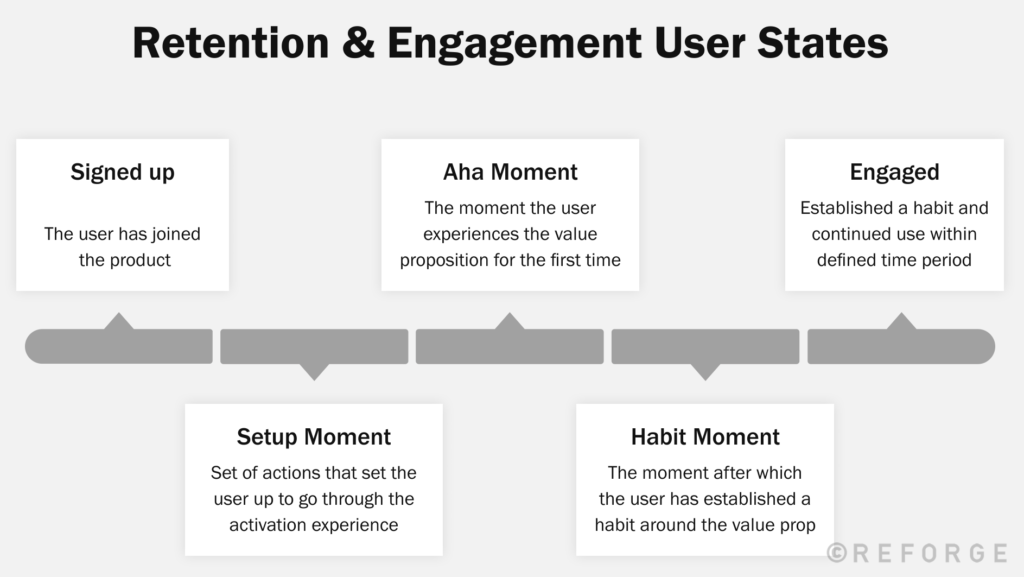For a few years now, the phrase Product Led Growth has become synonymous with successful SaaS b2c start-ups. Now, companies such as Slack, Canva and Hubspot have shown this go to market strategy can work for b2b too. But can product led growth (PLG) help businesses with more niche, high value enterprise offerings?
My immediate hunch is yes, it can. But before we start, let’s define product led growth:
In product led companies, the product takes centre stage in the acquisition and adoption customers/users. It will require no or light touch from sales or customer success for users to realise value. In contrast, a sales led company will want/need to speak with prospects and customers regularly to ensure value is delivered.
PLG for acquisition
Imagine having a go to market approach where weight is transferred in the buying process from sales to product. Doing this will reduce one of the most costly aspects of enterprise subscriptions.
Let’s be honest, even in more complex top down offerings, the buyer would rather educate themselves on aspects of the product purchase rather than talk to sales through the whole process which can take weeks or months.
The idea is to put the product at the centre of the process. Doing this will let the product speak for itself rather than rely on content marketing, often detached from the value proposition, to drive more and more marketing qualified leads (MQLs). Instead sales and marketing will be looking directly at the product to help them generate leads and qualify prospects.
Okay, this all sounds convincing. But, PLG often goes hand in hand with free trials and freemium. And the answer I hear you say is this doesn’t work for our product/market.
But what if you could deliver a product adoption experience that delivers a (lower value) aha moment within a freemium or free trial? Even better, doing this as quickly as possible, so a prospect is pushed further down the funnel.
Let’s also take a different view. Let’s assume the buyer of your service isn’t the user but the goal is to have 100+ users. In most cases all of the time and effort goes top down (buyer and buying committee) to get the conversion rather than bottom up with the people that will actually use the service.
This is where PLG can be a game changer. Imagine having a conversation with the same buying committee but his time outlining what team members already use the product for specific uses via a freemium play. Not only will this change the dynamic of this conversation could transform activation and adoption once they convert to customers – boosting LTV.
PLG for retention
This is one way to look at PLG. The other is adoption of a service once a new customer comes on board. This often requires a bottom up approach to get teams/users convinced of the value proposition and using the product in high numbers.
This isn’t easy. Reforge suggests there are four user states before they are engaged:

How is your product experience designed to take users on this journey? I bet most are working in two states – signed up and active. But unless you deliver value quickly, and regularly it won’t result in a habit that drives retention.
Designing your product experience and user journeys around key user segments and their connection to value within your value proposition will put you in a better position to scale. Certainly more efficient than relying on generic products tours, webinars and manual customer success interventions.
In summary, PLG isn’t something we should leave to the SaaS b2c pioneers. We should think more about how we can lead with product (not sales) and deliver an experience that both acquires and retains customers.
If you want to know more about how the Substribe unlock innovation with recurring revenues, please get in touch with Steve Budd.


Leave a Reply